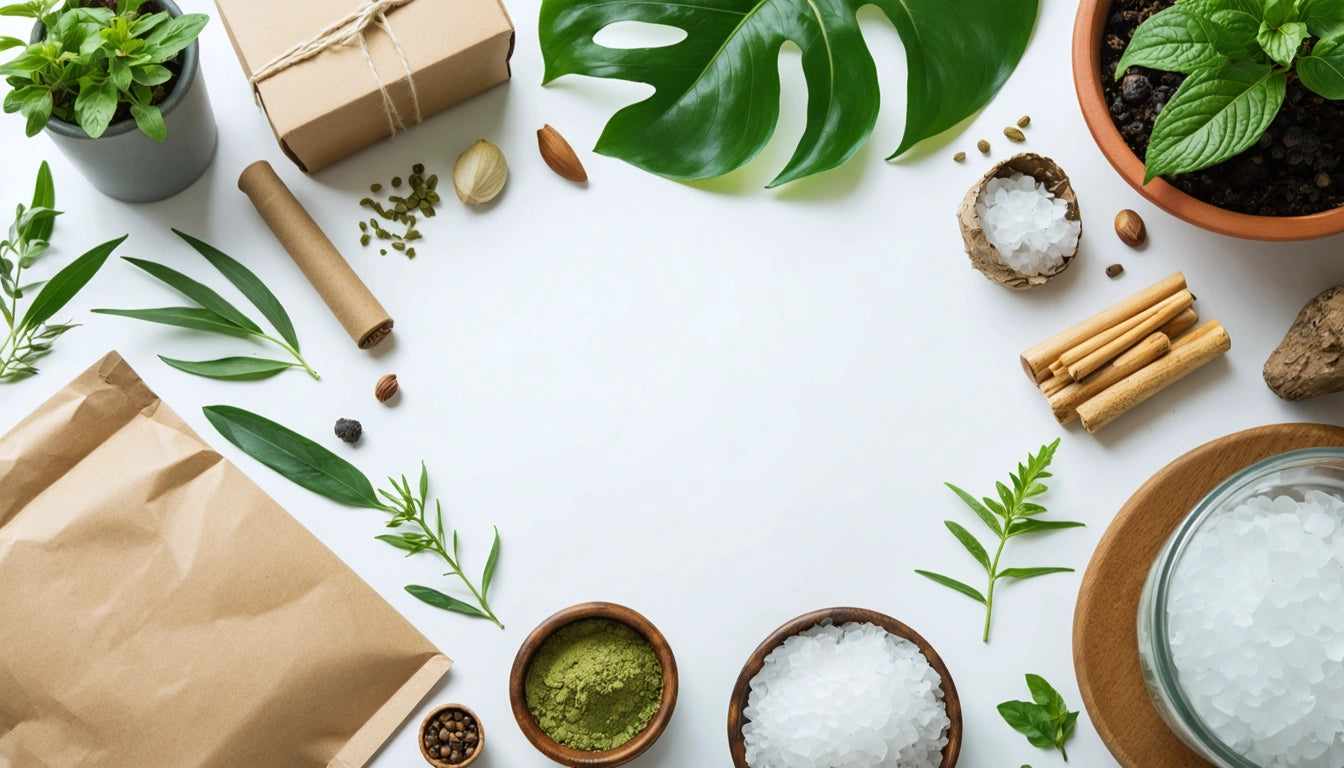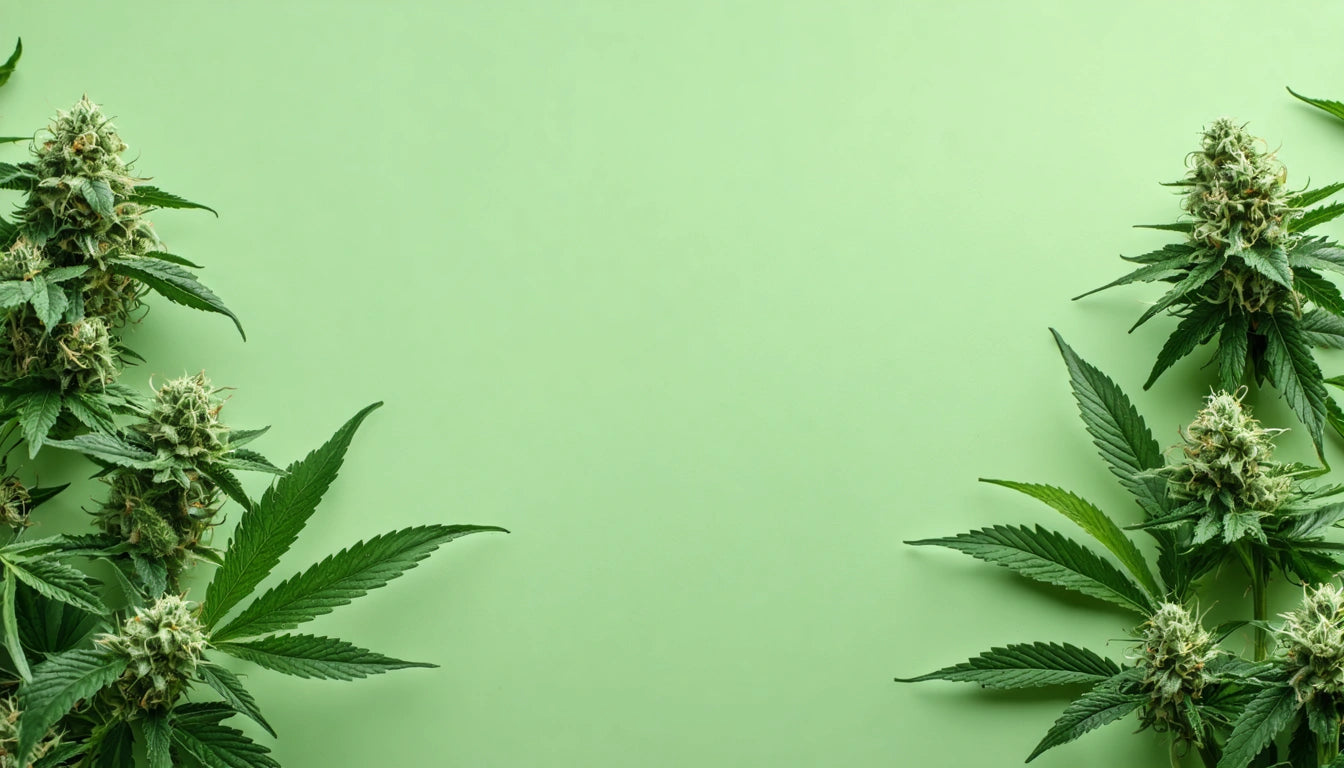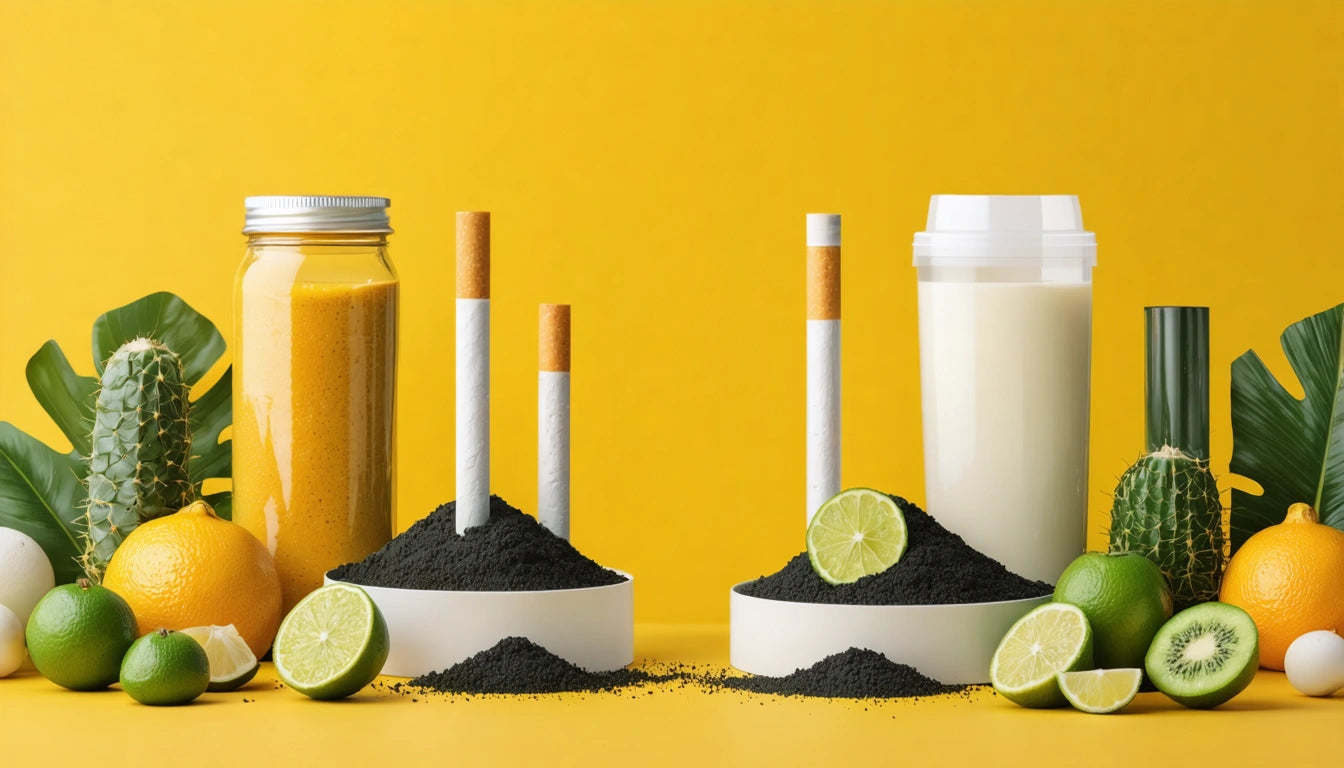Table of Contents
What is Zero-Waste Packaging (And Is It Achievable?)
Zero-waste packaging represents an ambitious goal: creating packaging solutions that produce no waste throughout their lifecycle. This concept goes beyond recycling to encompass a circular approach where materials are continuously reused, regenerated, or naturally decomposed. As consumer awareness grows and regulatory pressure increases, brands are exploring whether truly zero-waste packaging is achievable or if it remains an aspirational target.
Defining Zero-Waste Packaging: Principles and Goals
At its core, zero-waste packaging adheres to circular economy principles where materials maintain their value and utility indefinitely. This approach eliminates the concept of waste through intentional design that considers the entire lifecycle of packaging materials. The Zero Waste International Alliance defines zero waste as "the conservation of all resources by means of responsible production, consumption, reuse, and recovery of products, packaging, and materials."
Key principles include:
- Designing out waste and pollution
- Keeping products and materials in use
- Regenerating natural systems
- Minimizing resource extraction
- Creating closed-loop systems
These principles guide the development of packaging that either biodegrades completely or remains in continuous circulation without degradation of quality or value. The ultimate goal is to eliminate packaging waste from landfills, oceans, and the environment entirely.
Current Innovations in Zero-Waste Packaging
Compostable Materials
Compostable packaging represents a significant advancement toward zero-waste goals. These materials break down completely into non-toxic components that benefit soil health. Cutting-edge compostable packaging includes innovative options like mushroom-based materials, which are gaining traction for their exceptional environmental credentials.
Mushroom packaging utilizes mycelium (fungal root structures) combined with agricultural waste to create sturdy, protective packaging that composts within 45 days. This represents a truly circular solution as it returns nutrients to the soil while requiring minimal resources to produce.
Edible Packaging Solutions
Perhaps the ultimate expression of zero-waste packaging is edible materials. Seaweed and rice paper packaging offer innovative solutions that eliminate waste by being consumed along with the product or safely composting if discarded. These materials show particular promise for food, beverage, and certain consumer goods applications.
For brands in specialized markets like cannabis, innovative approaches to sustainable packaging are emerging. Some companies are exploring sustainable materials for various product formats, including eco-friendly options for pre-roll packaging that reduce environmental impact while meeting regulatory requirements.
Refillable Systems
Refillable packaging systems represent another promising avenue toward zero waste. Refill stations are gaining popularity across various retail sectors, allowing consumers to reuse containers indefinitely. This model shifts packaging from a disposable item to a durable asset.
Implementing refillable packaging requires infrastructure changes but can significantly reduce packaging waste while building brand loyalty. Companies adopting this approach often see increased customer retention and reduced packaging costs over time.
Implementation Challenges for Brands
Despite promising innovations, achieving truly zero-waste packaging presents significant challenges:
- Infrastructure limitations: Many compostable materials require industrial composting facilities that aren't universally available.
- Regulatory compliance: Particularly in sectors like food, pharmaceuticals, and cannabis, packaging must meet strict safety and compliance standards.
- Consumer behavior: Even the most sustainable packaging fails if consumers don't properly dispose of or return it.
- Cost considerations: Sustainable materials often cost more initially, though ROI can be positive long-term.
- Technical limitations: Some products require barrier properties or durability that current sustainable materials struggle to provide.
These challenges explain why compostable packaging often ends up in landfills despite its potential. The disconnect between packaging design and waste management infrastructure remains a significant hurdle.
Measuring Success in Zero-Waste Initiatives
Evaluating progress toward zero-waste packaging requires clear metrics and honest assessment. Brands should consider:
- Total packaging volume reduction
- Percentage of packaging that's reused, recycled, or composted
- Lifecycle analysis of environmental impacts
- Consumer participation rates in return/refill programs
- Supply chain waste reduction
A holistic approach to measurement prevents common eco-packaging mistakes like focusing solely on material choice while ignoring transportation impacts or end-of-life realities.
A Realistic Approach to Zero-Waste Packaging
While perfect zero-waste packaging may not be immediately achievable for all products and contexts, significant progress is possible through incremental improvements and systems thinking. A realistic approach includes:
- Prioritizing packaging formats with the highest environmental impact
- Adopting mono-material packaging that simplifies recycling
- Implementing closed-loop systems where feasible
- Supporting infrastructure development for composting and recycling
- Educating consumers on proper disposal
The journey toward zero-waste packaging is iterative and requires collaboration across the value chain. By viewing packaging waste as a design flaw rather than an inevitable byproduct, brands can make meaningful progress toward eliminating packaging waste, even if perfect zero-waste remains an aspirational goal for some applications.
Ultimately, the question isn't whether perfect zero-waste packaging is universally achievable today, but rather how close we can get through innovation, collaboration, and systems change. The most successful brands recognize that progress toward zero waste creates both environmental benefits and business advantages in a marketplace increasingly defined by sustainability credentials.











Leave a comment
All comments are moderated before being published.
This site is protected by hCaptcha and the hCaptcha Privacy Policy and Terms of Service apply.